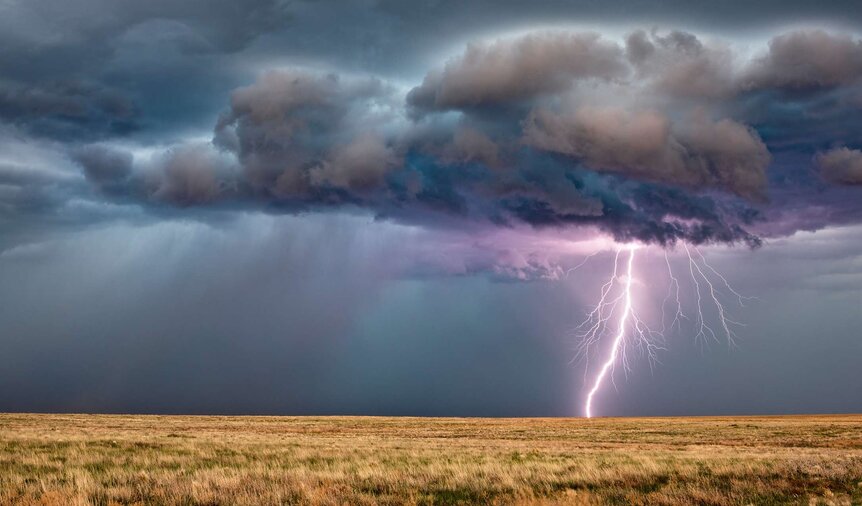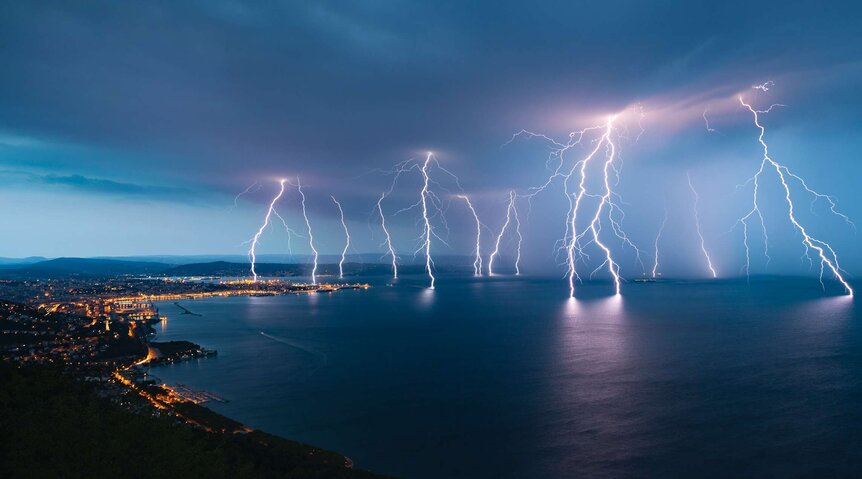Create a free profile to get unlimited access to exclusive videos, sweepstakes, and more!
Could a laser pointer be just as effective as Mjolnir in controlling lightning?

In a fusion of nature and science rarely witnessed outside the realms of gods and superheroes, a gathering of international scientists has recently completed a study whereby small, hand-held lasers might be employed in the field to extract and redirect lightning strikes away from drought-ridden forests.
“It turns out that to deliver particles, you do not need high-intensity lasers, even low intensity like your laser pointer will be already enough,” explained Andrey Miroshnichenko, a researcher at the University of New South Wales in Canberra, Australia.
Miroshnichenko and his colleagues have already successfully tested their lightning theory under laboratory conditions utilizing hollow lasers, a type of light amplification device that produces a literal pipe of light. These tiny portable laser pointers can be deployed to draw out lightning strikes from simmering storm clouds by heating micro-particles in the air and enticing bolts from the darkening blue heavens.
According to a new paper published last month in the online journal Nature Communications, by using a weak laser beam of just a few hundred milliwatts of power, the discharge threshold of airborne electrical charges could be diminished by 30 percent, allowing the crew to guide and control the lightning along a predetermined path and potentially out of harm's way.
Researchers from Texas A&M University in Qatar, the University of California in Los Angeles, and the Australian National University also participated in the electrifying project.
“We can imagine a future where this technology may induce electrical discharge from passing lightning, helping to guide it to safe targets and reduce the risk of catastrophic fires,” explained co-researcher Vladlen Shvedov from the Australian National University.
A parallel discovery regarding the luring of lightning from the sky was published last year by a team of Scottish scientists led by Dr. Richard Bates at the School of Earth and Environmental Sciences at St. Andrews.
Bates and his researchers found evidence of an ancient megalithic rock formation near the Standing Stones of Calanais, a historic site designed to intentionally attract lightning strikes, which points toward mankind's more primal connections to nature.
"Although it is yet to be tested outside a lab, the technique could potentially be used to control dry lightning strikes, infamous for sparking large blazes including several major bushfires in Australia and the western U.S. in the past year," added Miroshnichenko.
Controllable, laser-guided lightning bolts may seem like science fiction material but never underestimate the limitations of human innovation.




























